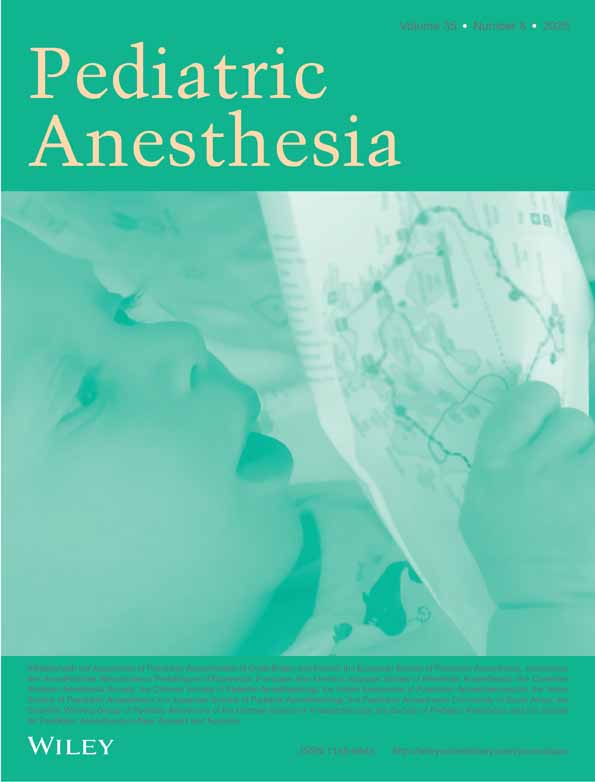Sedation failures in children undergoing MRI and CT: is temperament a factor?
Summary
This study examined the relationship between temperament and sedation failure during magnetic resonance imaging (MRI) and computerized tomography (CT). One hundred and two children (aged 3–7 years) who underwent MRI or CT with or without sedation were studied. Demographics, sedatives administered, efficacy of sedation, and adverse events were recorded. Parents completed the Behavioural Style Questionnaire for 3–7 years olds during their wait. Eight children underwent MRI successfully without sedation, 83 were successfully sedated, and 11 procedures were aborted. Children whose sedation failed were less adaptable than children whose sedation was successful (P =0.04). Children who underwent MRI without sedation were more persistent than children who were sedated (P =0.05), and more persistent and less active than those whose sedation failed (P =0.02 and 0.03, respectively). The child's underlying temperament may contribute to sedation outcomes during MRI and CT. A presedation assessment of the child's temperament may therefore assist in decisions regarding sedation.




